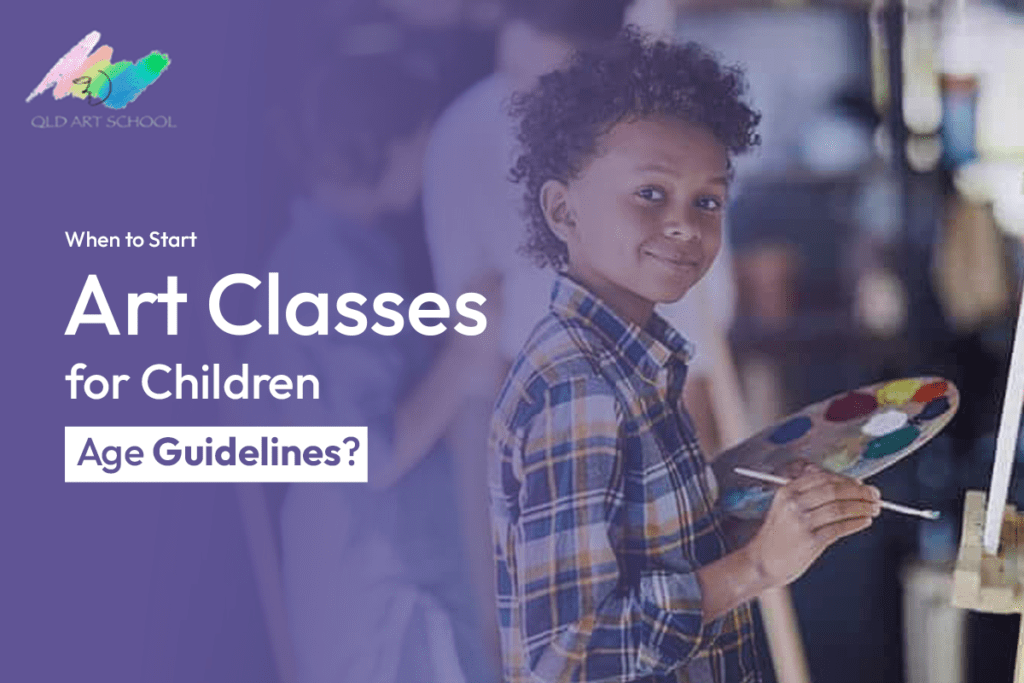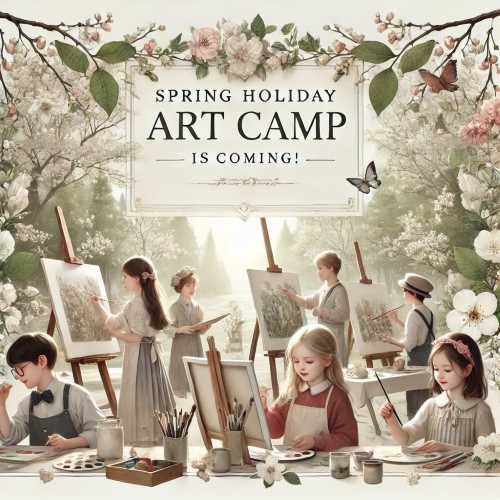
Deciding when to start children’s art classes can depend on various factors, including the child’s individual interests, developmental stage, and readiness. While there are no hard and fast rules, here are some general age guidelines to consider:
- Preschool Age (3-5 years): At this stage, children are developing their fine motor skills and creativity. Basic art activities like finger painting, drawing with crayons, and using playdough can be introduced. These activities help them explore colors, textures, and shapes while having fun.
- Early Elementary (6-8 years): Children in this age group can start participating in more structured art classes in Brisbane. They can experiment with different art mediums like watercolors, markers, and colored pencils. Basic techniques like blending colors and creating simple compositions can be introduced.
- Late Elementary (9-11 years): By this age, children may have developed a better attention span and a deeper interest in art. More complex projects involving layering, shading, and perspective can be introduced. They can also start exploring specific art styles or themes.
- Preteen and Teens (12+ years): Older children can begin to focus on refining their skills in a particular art form that interests them, such as painting, drawing, sculpture, or digital art. They can learn more advanced techniques and concepts while having the freedom to express themselves creatively.
It’s important to remember that children develop at different rates, and their readiness for art classes can vary. Here are a few additional considerations:
- Interest: Some children show a strong interest in art from a very young age, while others might not develop this interest until later. It’s important to gauge the child’s enthusiasm and curiosity.
- Fine Motor Skills: The development of fine motor skills is crucial for handling art materials effectively. Children should be able to hold and control art tools like brushes and pencils.
- Attention Span: Younger children might have shorter attention spans, so classes for this age group should be engaging and hands-on.
- Emotional Readiness: Some children might be more self-conscious about their artistic abilities. Ensure that the art class environment is supportive and encouraging.
- Choice of Medium: Consider the type of art classes available. Some mediums might be more suitable for younger children (e.g., finger painting), while others might require more developed motor skills (e.g., detailed drawing).
Ultimately, the best time for children’s art classes depends on their individual development, interests, and your judgment as a parent or guardian. It’s a good idea to communicate with art instructors or educators who have experience working with children to get personalized recommendations based on your child’s needs and abilities.



